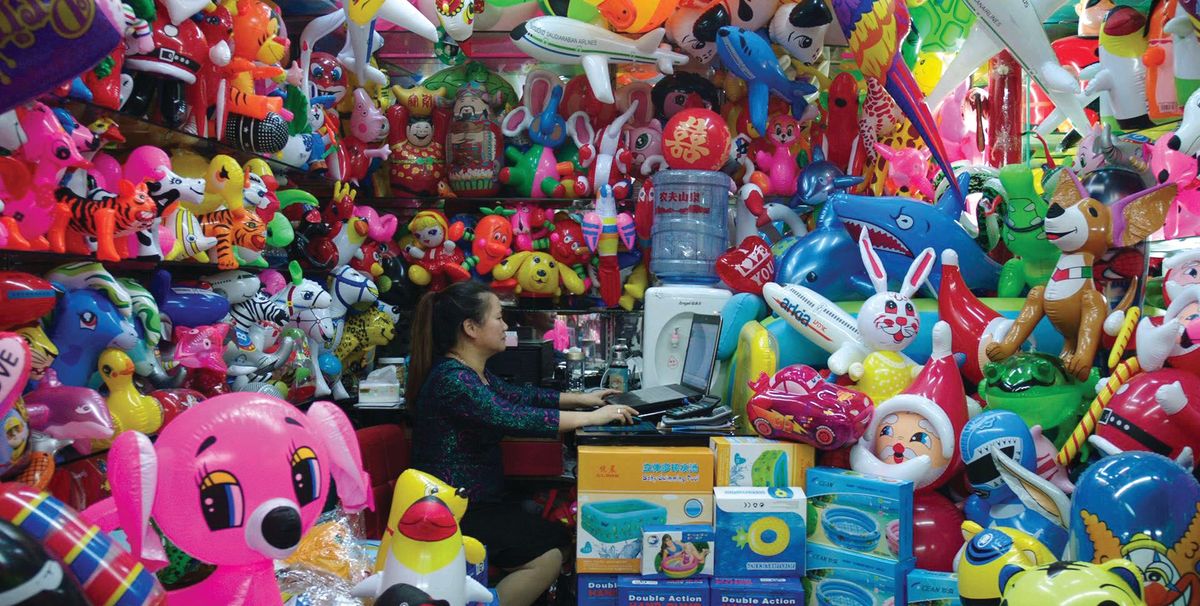Skulptur Projekte Münster is unique among the elite recurring shows. It is staged only every ten years and thus has a different relationship to the art world’s torrents and currents than other cyclical exhibitions. And in Kasper König, it has had a chief curator in place since the first edition in 1977, who arguably knows more about the city, its history, sociology, architecture and topography than anyone on earth.
König is well aware that the north-western German city is an unlikely place for a revered contemporary art show. “The city of Münster is very particular because it’s almost like, in a negative sense, a Disneyland,” he explains. After 92% of the Medieval city was destroyed in the Second World War, it “was rebuilt as it was” and now “has a patina of its own; it has a phoney historicism, it’s almost a post-Modernist rebuilt city”. He adds that “sociologically, it’s weird: it’s highly liberal, but it has a very strong repressiveness in its liberalism because they think it’s paradise”. The city “has an appearance of pleasantness but there is an underside”, he says. All this makes it “an interesting place to reflect on change and about taste and the role of art in society”. And this year, for the first time, it extends beyond Münster, with some works appearing in Marl, 50km away.
König regales with stories about the artists in Münster over the years. Joseph Beuys, for instance, initially rejected an invitation in 1977, saying that “to do outdoor work is ecological kitsch”, but turned up anyway because, he said, “we shouldn’t leave it to the Americans”—Donald Judd and Carl Andre, among others, were in the show. Since those early years, when it was treated suspiciously, the exhibition has been embraced by locals as well as the art world. König recently resisted pressure from the city and the province of Westphalia to make it every five years. “I said, no, you have no right to do it, and I threatened them, so that’s why I am back in business here,” he says.
The “true curators” of this year’s show (10 June-1 October) are, he says, Britta Peters and Marianne Wagner. He underplays his own role: König chose the artists along with Peters and Wagner but says the final decision is “not democratic; I always put in a veto”. The list of 35 artists features a notable shift from earlier editions. “The idea was that there should be more women artists because before there were very few,” König says, “and now it happens that there are only two more male artists than women artists”. Three generations feature, from the Romanian artist Alexandra Pirici, born in 1982, to Hreinn Fridfinnsson, born in Iceland in 1943. The project costs €8m, including €6m from taxpayers and €2m in additional support.
Among the highlights is a vast new work set in a disused ice rink by the French artist Pierre Huyghe, which König links to the grand land art of Walter de Maria and Robert Smithson. But many others are more modest: the Nigerian artist Emeka Ogboh—who also features in Documenta this year—is, König says, interested in “the taste of a town”, and “is brewing a special beer in Münster and a special beer in Kassel”. Ogboh is also creating a sound work for a tunnel near the main station, inspired by the US composer and poet Moondog, who is buried in Münster. Meanwhile, Jeremy Deller will continue the project he began in 2007 working with local schrebergarten users—allotment holders who have kept “nature diaries” of their activities over that decade.
While the commissions’ character is broad, König argues that there is one unifying attribute. “The quality is very high,” he says, “because there is not a single work that says, ‘Hey, look at me, I’m a sculpture!’ They’re all below the horizon, they’re all reflective, they have a certain melancholy quality. And they’re not [born of] art and consumerism. We take risks, that’s our job; we stick with the artists, and then we see how it’s going to work.”


